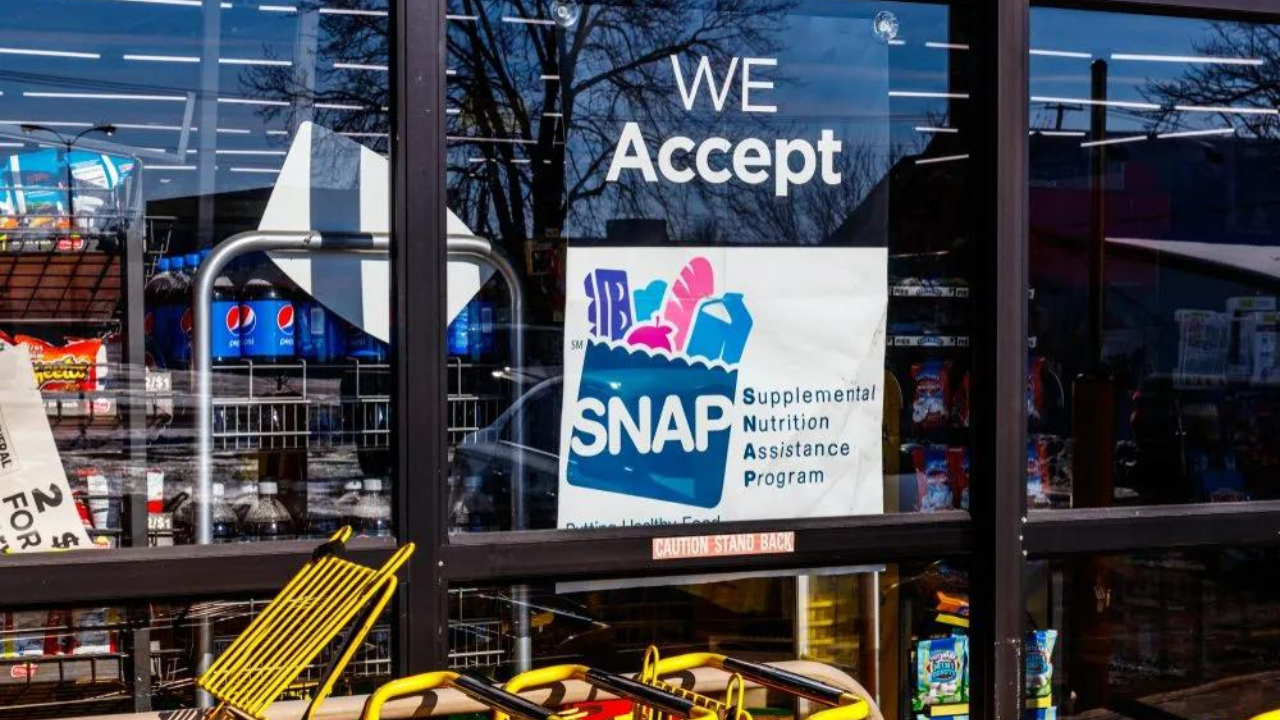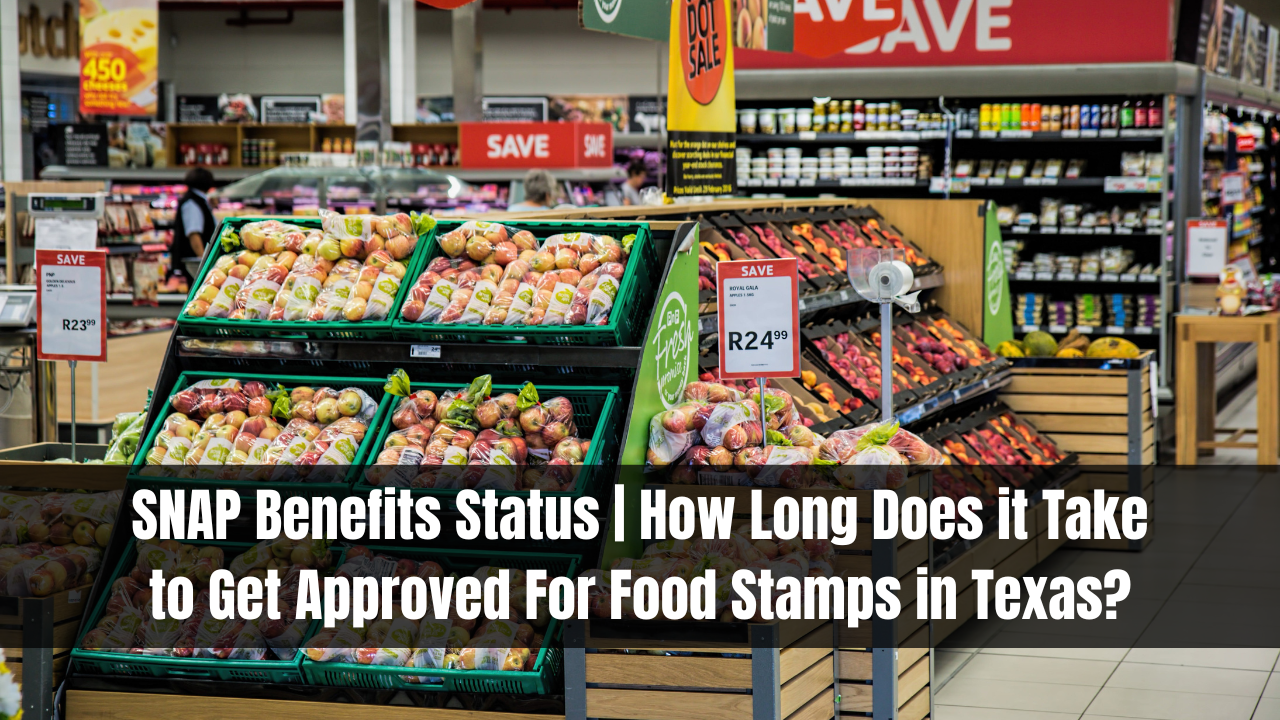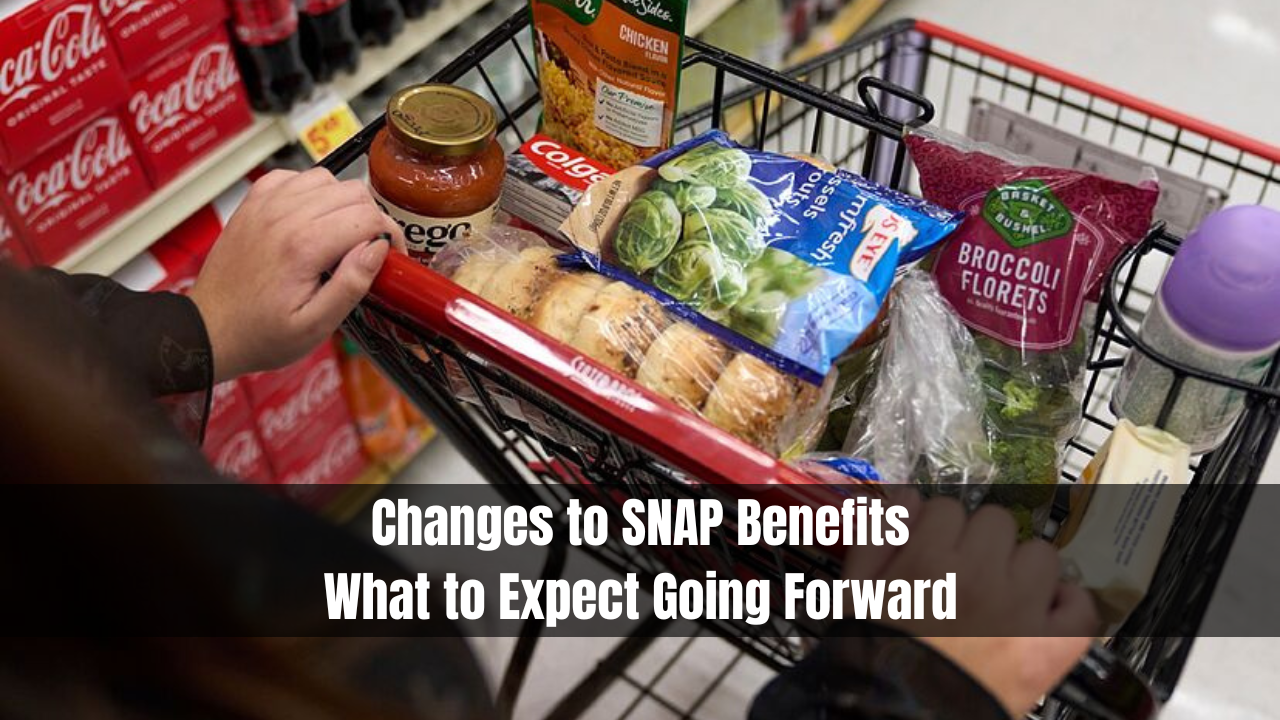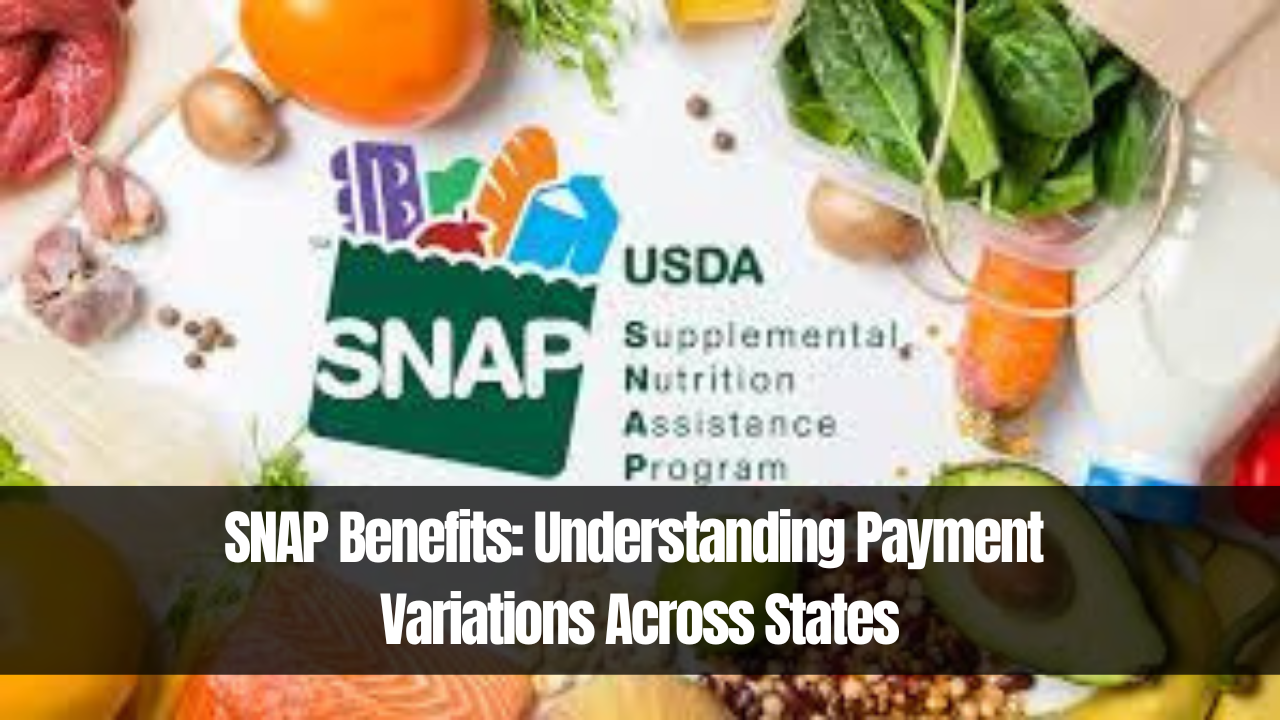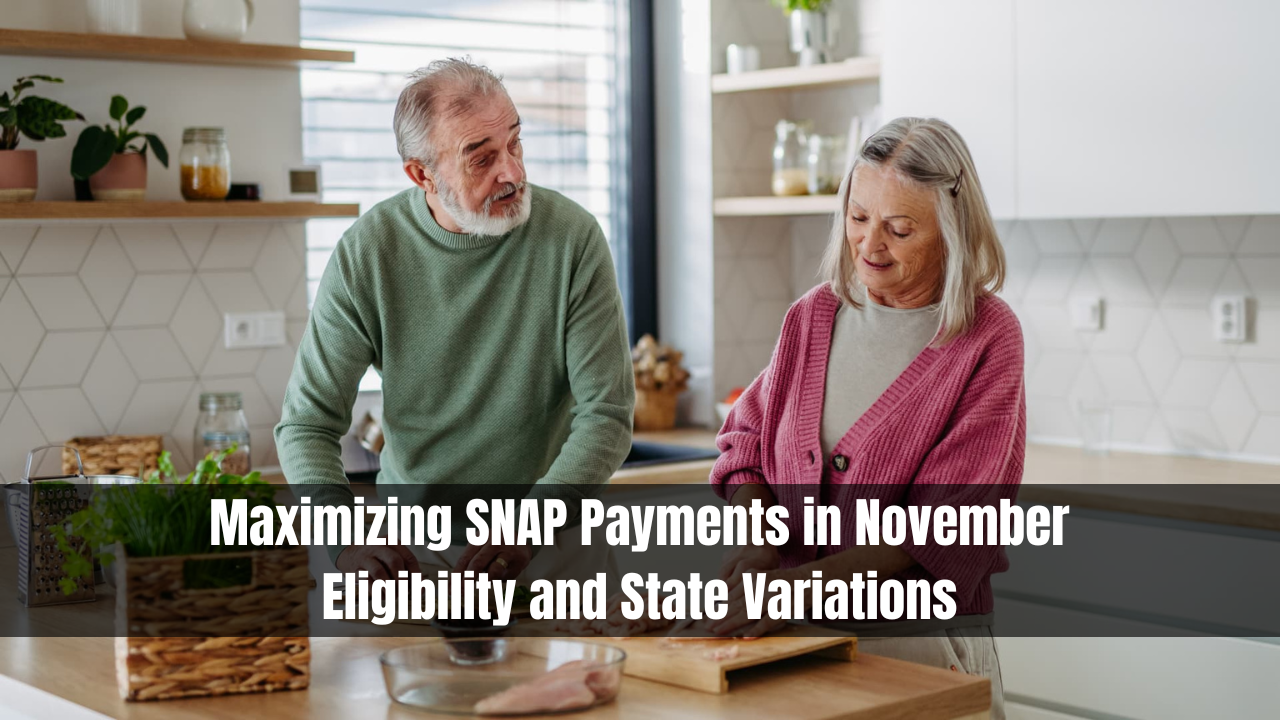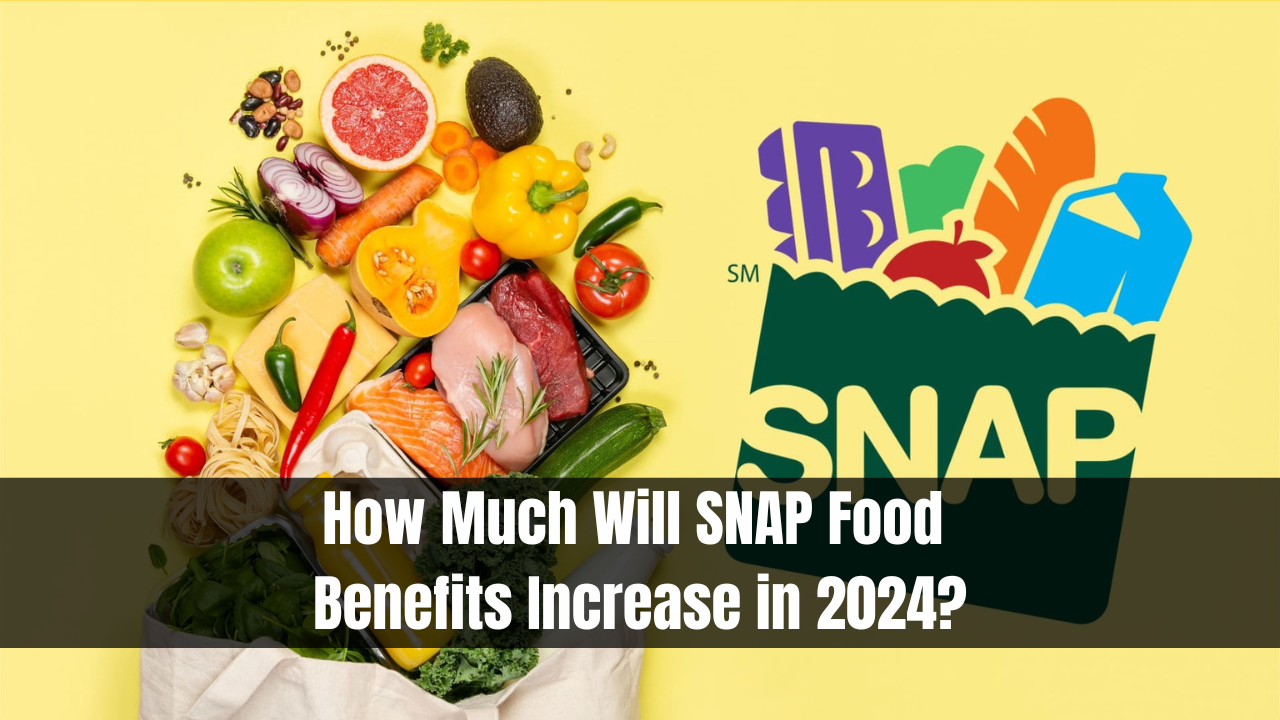SNAP Spending Competition Among Grocery Stores Heats Up. In the ever-evolving landscape of digital commerce, grocers are intensifying their efforts to narrow the digital divide between higher- and lower-income consumers. A key focus has been on enhancing options for Supplemental Nutrition Assistance Program (SNAP) Electronic Benefits Transfer (EBT) recipients. Leading players, such as Amazon, ShopRite, Kroger, and Walmart, are strategically expanding their services to cater to the unique needs of lower-income customers.
Amazon Inclusive Approach
Under the banner of Amazon Access, e-commerce giant Amazon has been progressively widening its acceptance of SNAP EBT, both online and in its brick-and-mortar stores. Recognizing the challenges faced by individuals in areas without access to supermarkets or encountering transportation issues, Amazon aims to make a significant impact by offering grocery services and nationwide SNAP EBT payment acceptance.
ShopRite Innovative Grant Utilization
ShopRite, a Wakefern subsidiary, is leveraging grant funds to extend its reach to low-income eCommerce consumers. The New Jersey Economic Development Authority (NJEDA) recently granted the Food Retail Innovation in Delivery Grant (FRIDG) to Brookdale ShopRite. This initiative involves the installation of temperature-controlled lockers, facilitating online grocery orders, including those made with SNAP benefits, for residents in Food Desert Communities (FDC).
Kroger and Walmart EBT Payment Expansion
Kroger, the leading pure-play grocer in the United States, announced an expansion of EBT payment acceptance for digital Pickup and Delivery orders. Similarly, Walmart, the world’s top grocery retailer, is offering discounted memberships for its Walmart+ delivery subscription to those receiving government aid. These strategic moves aim to provide greater accessibility to a broader consumer base.
Addressing Disparities in E-Grocery Adoption
As grocers strive to drive e-Grocery adoption among lower-income consumers, disparities in online grocery shopping habits persist. A study by PYMNTS Intelligence revealed significant differences in the use of online grocery services based on income levels. Understanding these disparities is crucial for tailoring services to meet the specific needs of diverse consumer groups.
Meeting the Demand for Accessibility
Despite existing disparities, there is a clear demand for accessible eGrocery options among low-income consumers. Time savings play a vital role, especially for individuals juggling multiple jobs or facing increased accessibility challenges. Third-party payment processors, like Forage, highlight the strong demand among SNAP recipients, many of whom are on disability, reside in food deserts, and work as 1099 contractors.
Conclusion
The intensifying competition among grocers to enhance SNAP EBT options reflects a broader commitment to inclusivity and addressing the unique challenges faced by lower-income consumers in the digital realm. As the digitalization of grocery services continues, these initiatives aim to create a more equitable and accessible shopping experience for all.
